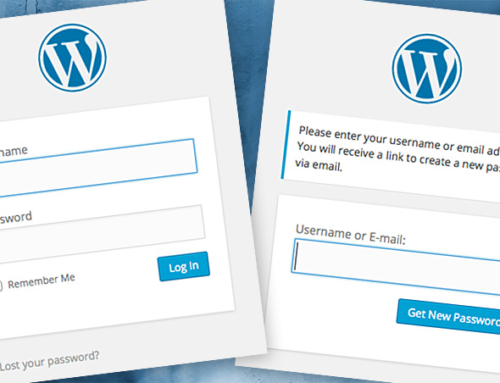We are increasingly using responsive design, responsive design with server-side components (RESS), adaptive design and combinations thereof to provide great high-performance multiscreen experiences. However, analytics implementations often miss information that is important to understanding how a website is being used on different devices.
For example, a website that varies the navigation layout based on screen size or user preferences might provide different user flows through the website depending on the layout being used. By enhancing Google Analytics, you’ll be able to identify and optimize under-performing layouts and screen sizes to improve performance on any device.
This article outlines common challenges and how to configure Google’s new Universal Analytics to efficiently overcome them, using features such as custom dimensions, enhanced link tracking and server-side data feeds. Information about the user’s layout preferences, the screen’s orientation, which link (of multiple) was used to arrive at a destination, and the physical size of the device’s screen can all be easily added. Universal Analytics enables data to be fed more efficiently from the web server, thus improving performance.


































